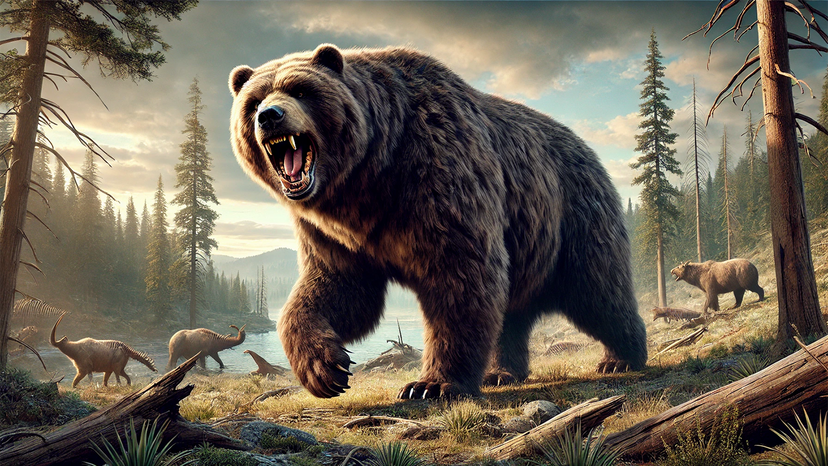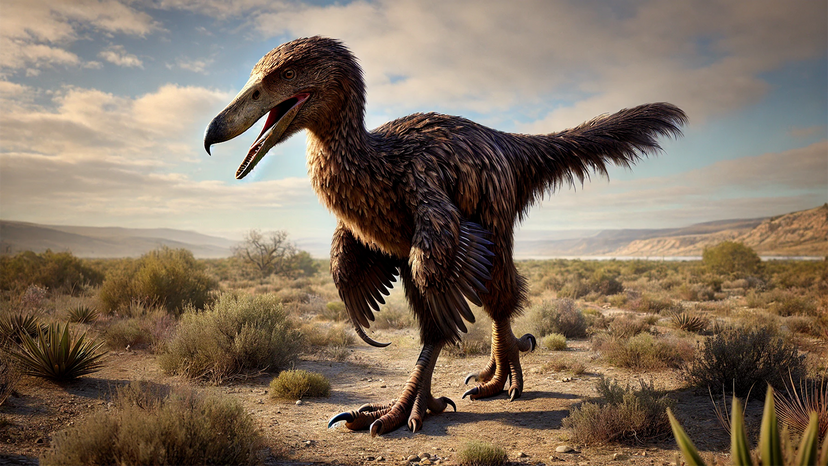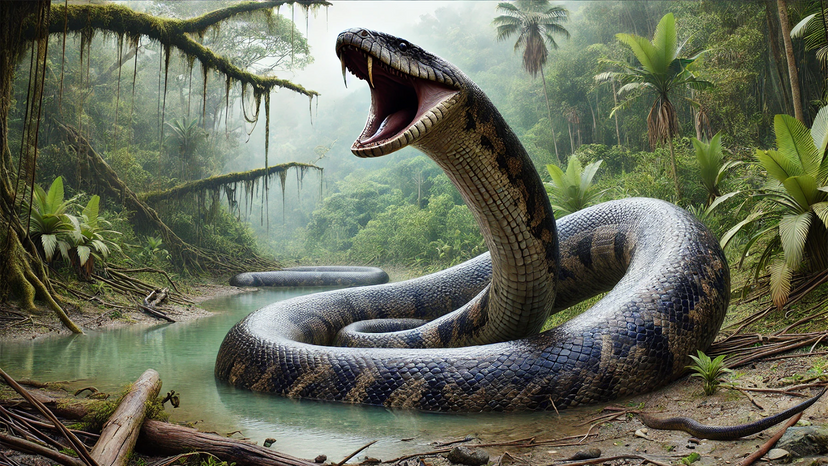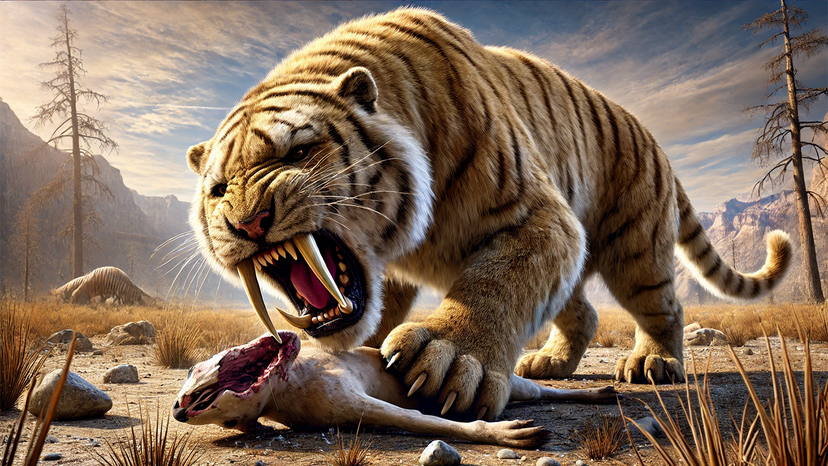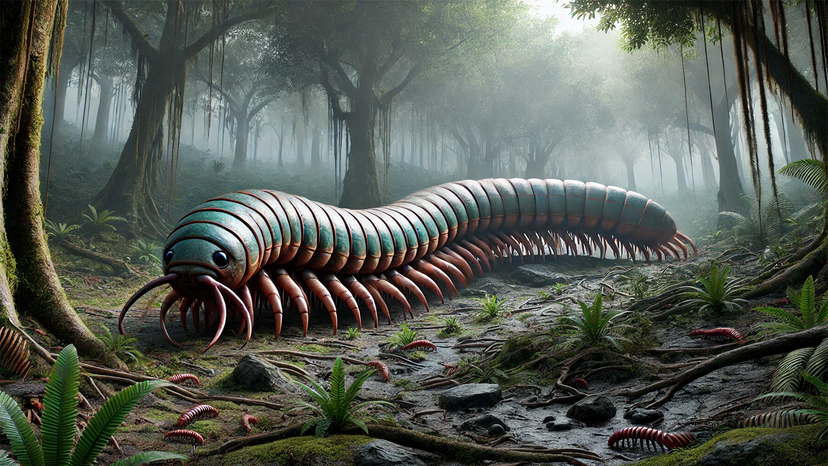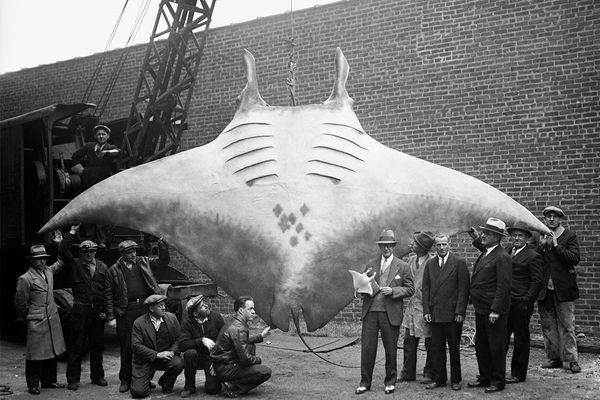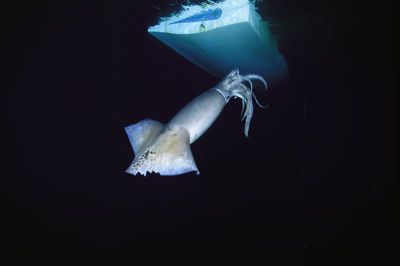
There are plenty of terrifying animals alive today — grizzly bears, condors, boa constrictors, great white sharks and giant hornets, to name just a handful. But there are also some very scary extinct animals that would cause modern-day humans to run away screaming.
If you're okay with chancing some bad dreams tonight, read on to learn more about several of the most frightening animals to have ever roamed the earth.
Advertisement
